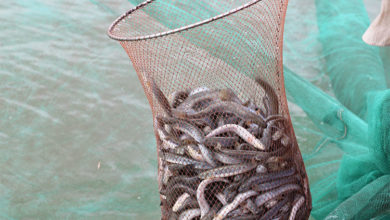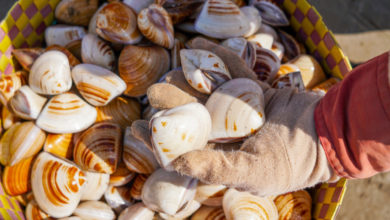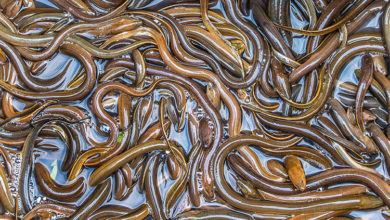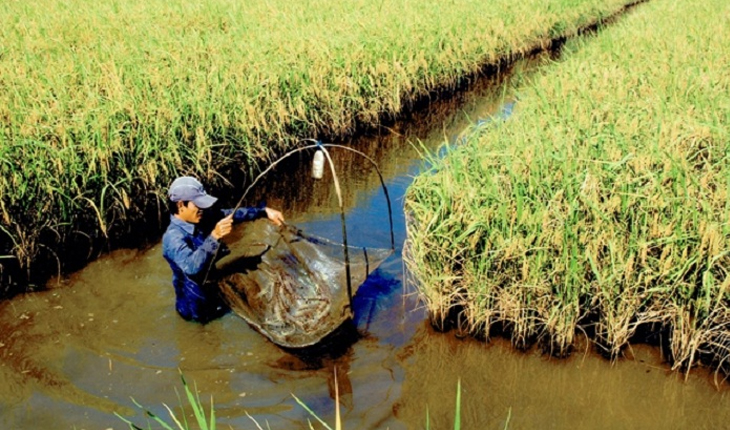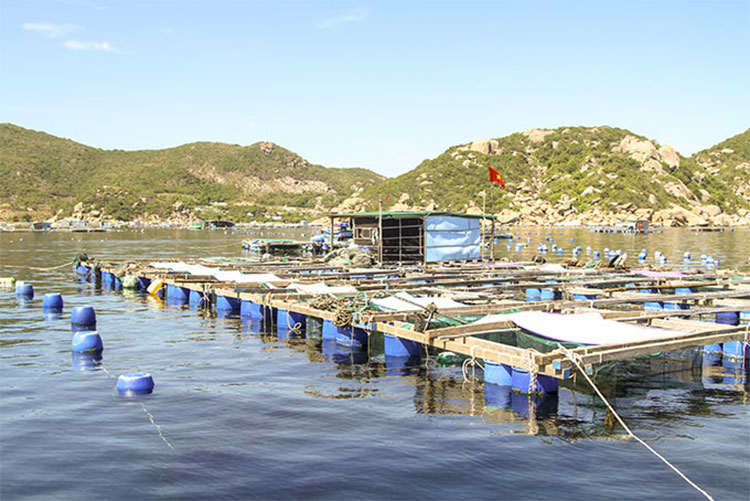Promoting aquaculture in Hoa Binh reservoir
With its vast area, depth, and excellent water quality, the Hoa Binh Reservoir, Vietnam’s fourth-largest artificial lake, has become a cornerstone for aquaculture.
In 2014, the provincial Party Standing Committee introduced Resolution No. 12 to develop cage fish farming in the reservoir during 2014–2020, marking a transformative step for aquaculture in the Da River region.
Spanning 230 kilometers between Hoa Binh and Son La provinces, the reservoir has a water volume of 9.45 billion cubic meters and a surface area of about 8,900 hectares. In Hoa Binh, it covers Hoa Binh City and four districts: Da Bac, Cao Phong, Tan Lac, and Mai Chau.
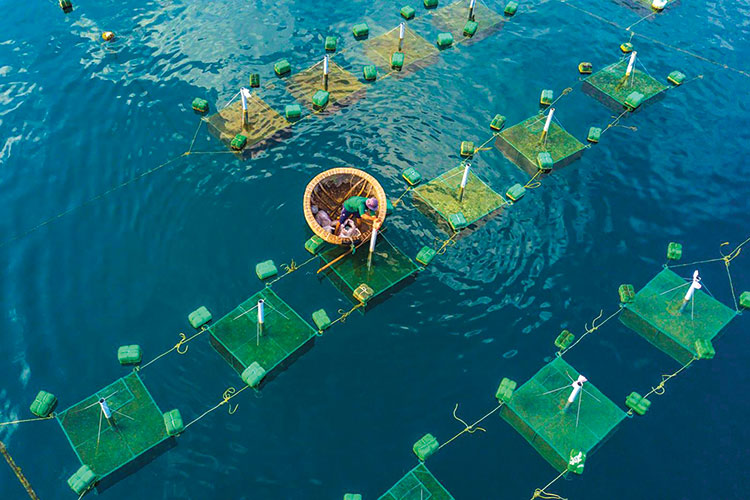
Currently, approximately 5,000 fish cages are operational in the reservoir, yielding an annual output of 10,000 tons of fish valued at about VND 600 billion. Each 50m³ cage generates an average income of VND 50–70 million per year, creating stable jobs for nearly 2,000 local residents. Besides individual households, many enterprises and organizations from within and outside the province have invested in the sector. The reservoir now hosts 35 businesses, cooperatives, and farms engaged in large-scale intensive farming, with two firms operating over 200 cages using advanced technology.
Growth and species diversity
Government policies, such as Decision No. 10 in 2015, have fueled rapid growth in cage fish farming. Between 2015 and 2022, the number of fish cages increased by 115%, with an average annual growth rate of nearly 14%. Fish production rose by approximately 40% annually, featuring species like red tilapia, black carp, sturgeon, grass carp, and tilapia.
However, fishing activities using nearly 1,500 boats and various traps have placed pressure on aquatic resources. Overfishing and habitat loss have led to a sharp decline in economically valuable species such as lăng, anh vũ, dầm xanh, and chiên.
Restoring aquatic resources
To replenish fish stocks, the agricultural sector has collaborated with local authorities and organizations to release over 60,000 fish fingerlings between 2020 and 2023, with plans to add another 17,000 in 2024. Efforts also include 12 training sessions for 400 participants to raise awareness about resource conservation and sustainable practices.
The province has issued nearly 20 certifications under the “Da River Fish – Hoa Binh” brand, boosting product value and market reach. Areas like Hoa Binh City, Da Bac, Tan Lac, and Mai Chau have established three distribution chains to improve product flow. Notable brands such as Da River Organic fish, Cuong Thinh Organic Fish, Da Giang ECO Organic Fish have opened outlets in Hanoi, earning consumer trust and laying the groundwork for sustainable aquaculture in Hoa Binh Reservoir.
VFM


